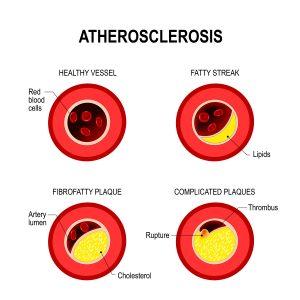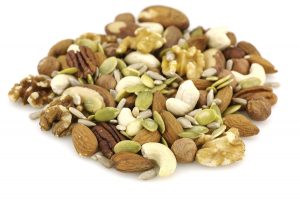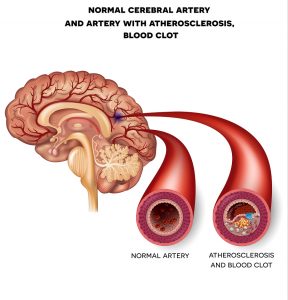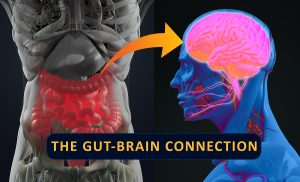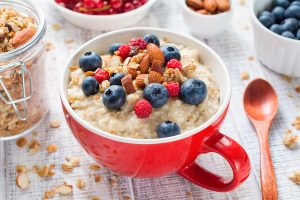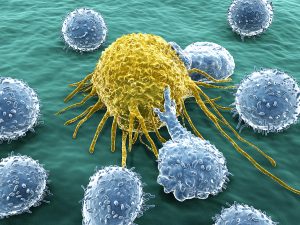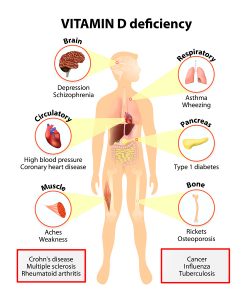A recent article has pointed out that there are 5 dangers that can lurk in beach sand. There are invisible bacteria that can pose a problem. But there are also parasites, fungi and parasitic roundworms. Here is a review of these common dangers.
Dangers that can lurk in beach sand: hookworms
In February 2018 a Canadian couple from Windsor/Ont. came back from a beach holiday in Punta Cana, Dominican Republic. They brought with them parasites in their feet from walking barefoot on infested beaches in the Caribbean. This parasite is known to lay larvae into the sand that can survive there for several days. When beach goers walk barefoot the condition is right for the larvae to attach to the bare feet and puncture the skin. The full-grown hookworm can then develop and produce the symptoms described in the link (rash, itching, pain). The larvae of it are called “larvae migrans”, or in plain English the disease has the name “creeping eruption“. The best medicine for this condition is the anti-parasitic medication Ivermectin, the “wonder drug” from Japan. Originally developed in Japan, Ivermectin is available in the US, but not in Canada.
Dangers that can lurk in beach sand: Gut bacteria
A California study found that several gut bacteria were present in California beaches. Salmonella, Campylobacter, Shigella, Pseudomonas aeruginosa, Staphylococcus aureus, Aeromonas, and Vibrio parahaemolyticus, human viruses (adenovirus, enterovirus, norovirus, and hepatitis A virus), amoeba, and protozoa were all cultured from beach sand. However, it is difficult to prove that any one of these pathogens would have caused any gastrointestinal upset. Just picking up one of these bugs on your skin does not mean you will come down with that particular infection. It makes sense though to wash your hands or take a shower after your beach walk. But the study noticed that there was a difference in the infection rate. There were those who only had casual contact with beach sand. Others were digging into sand or buried themselves in sand. The latter group was more likely to come down with gastrointestinal infections shortly after their beach outing.
Dangers that can lurk in beach sand: superbug MRSA
According to the California study cited above there were 2.7% of beach sand samples on California’s beaches that contained MRSA bugs. These are the cause of flesh-eating disease. MRSA stands for methicillin-resistant Staphylococcus aureus. When there is a cut in the skin, this antibiotic resistant bug can pose a big problem. On the other hand, it is not known whether the mere existence of MRSA on the skin actually poses a danger. Researchers do not know at the present time whether or not this will cause flesh-eating disease. But they recommend that after a beach visit it is a good idea to take a shower, as this will cleanse the skin to a large extent of any pathogenic bacteria and viruses.
Dangers that can lurk in beach sand: fungi
The types of fungi that can hide in the beach sand belong to the group of dermatophytes. Common fungal skin infections are caused by the dermatophytes, Trichophyton rubrum, which is a very common dermatophyte, is the culprit that causes nail fungus, ringworm; jog itch and athlete’s foot. Other fungi around beaches are Aspergillus and Candida that affect mostly people with a weak immune system. Aspergillus may be responsible for lung infections and Candida for yeast infections.
Dangers that can lurk in beach sand: roundworms
Roundworms become a problem on beaches where dogs are allowed. The main problem is Toxocara canis, a parasitic roundworm. The roundworm normally lives in the gut of dogs. But dog feces from roundworm-infested dogs contain lots of eggs, which can get into soil along with the dog feces. People can inadvertently swallow contaminated sand. An Australian study found roundworm-infested samples among 266 random beach samples. They found that there were not as many positive samples when there were only adult dogs allowed on beaches. In contrast, they found a lot more positive roundworm samples in beaches were puppies were allowed.
Conclusion
We associate pristine beaches with nature, health and relaxation. Knowing of these scientific studies we would do well to not let our guards down. Think about the ocean water: is it safe or could it be the cause of contamination of the beach sand? Then think about the beach itself. Is it a busy beach with lots of people that may contribute to contamination of the beach sand? Are dogs allowed or not? There may be dogs that defecate and deposit eggs of roundworms. Or there may be larvae from the creeping eruption, a parasitic disease. Other dangers can lurk in the sand: methicillin-resistant Staphylococcus aureus, a bacterium that is an antibiotic resistant bacterium that can cause flesh-eating disease. Other bacteria may be buried in the sand that can cause various gastrointestinal upsets.
Being more careful around beaches
Having these thoughts in mind may help you to be more careful about the beach and shower off after you leave the beach. It is also not a bad idea to wear sandals on the beach to prevent direct contact of your skin with the beach sand. It is also obvious that the beach towel on which you lay on the sand is no longer “clean”. Wash it after your beach outing, or choose the option to relax on a cot. Wherever you travel this summer, have a safe journey!


